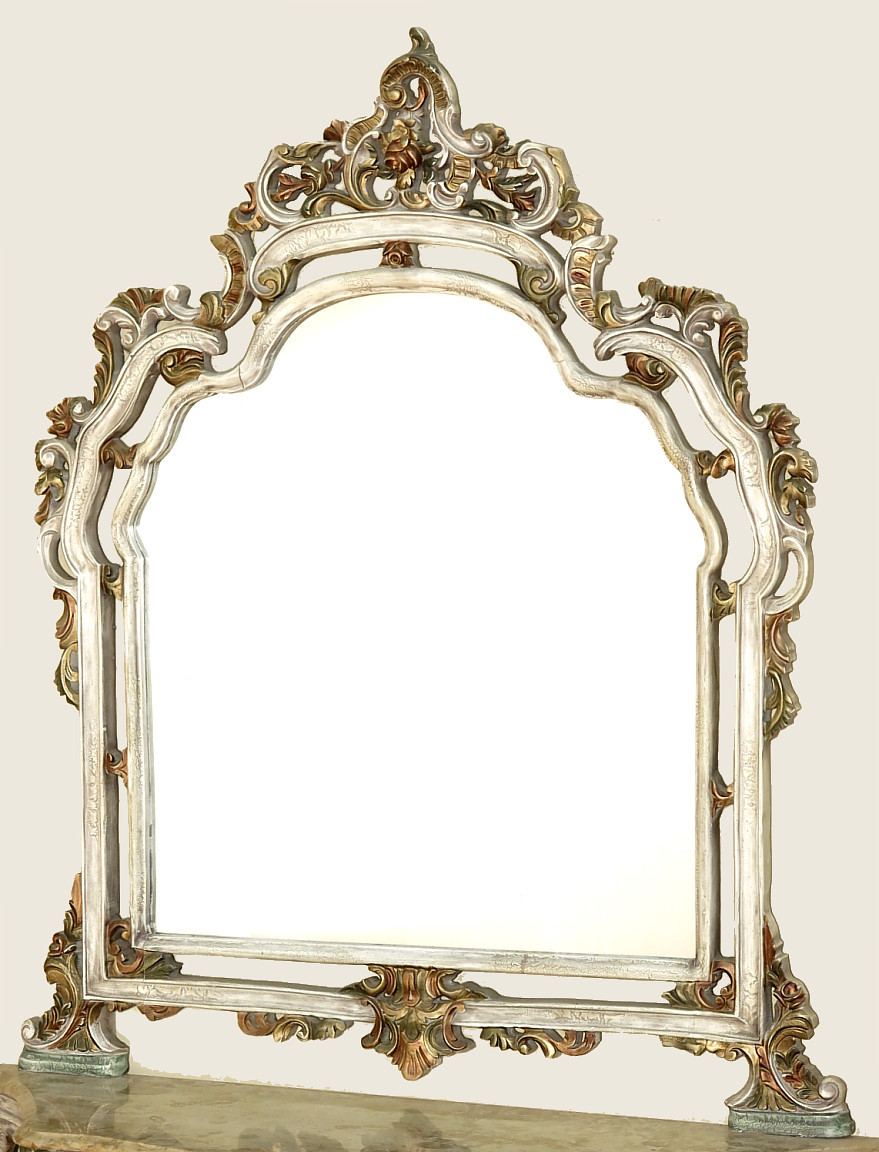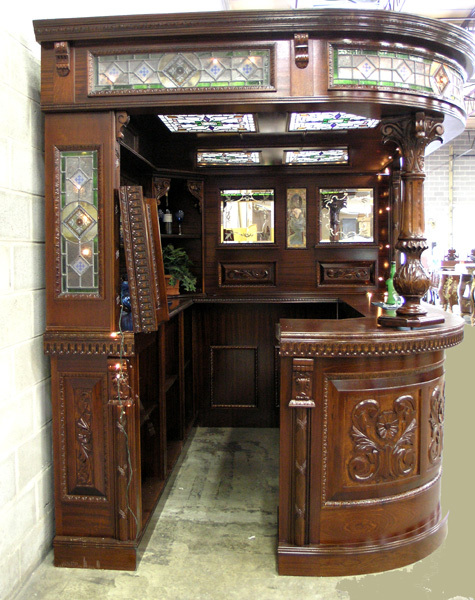Antiques and Other Solid Wood Furniture
Posted by Mahogany Millworks by Design on 10th Feb 2020
Any piece crafted by artisans using Old World joinery methods and solid wood materials—whether an antique or modern construction—is guaranteed to last several lifetimes. Consider blending solid wood pieces and antiques with contemporary pieces in your own design spaces to create a distinctive home or business environment.
Antique is a word used, often in error, throughout different conversations. It appears in large print on sales windows as well as websites and is generally misused. By definition, an antique is any piece of furniture or decor valued for its age and rarity. Overall condition, utility, and other unique features also add to the piece’s collectability.


Antique furniture must be at least 100 years old in the United States. With the advent of mass production around 1830, ultimately a tariff in 1930 set the 100-year mark. In Europe, items designated as antiques are handcrafted (before 1832 and the Industrial Revolution). The historical consensus is that pieces made since the mid-nineteenth century are considered vintage, period, or collectible.
According to a 1993 trade agreement, an antique must be less than 50% restored or refinished as long as the piece’s “essential character” is unchanged. So, an antique must be rare, over 100 years old, and less than half restored while retaining its original, essential character.
Age Detection:
- Are the dimensions all perfectly even? (shrinkage from aging is inevitable)
- Are there signs of aging: tiny cracks, ripples, warping, buckling, discoloring from sunlight (often uneven shades), or wear and tear?
- Are the screw heads flat without tapering? (If so, they were made during or before the early 1800s)
- Are there subtle differences around edges, panels, or feet? (Replacements and refurbishments are common in aged pieces)

